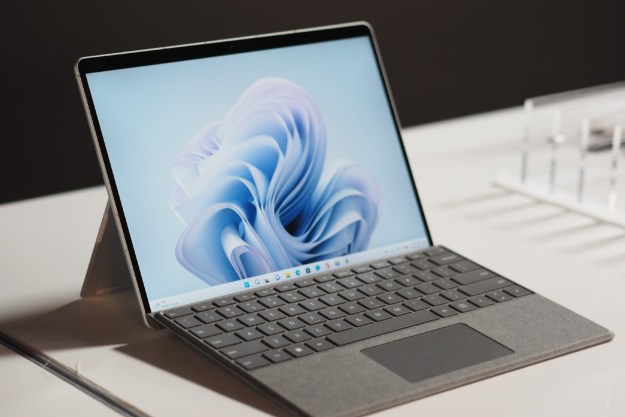The New York Police Department is using special pattern-recognition software to help it link crimes across precincts, with the department believed to be the first in the United States to deploy such a system.
Called Patternizr, the machine-learning software was developed in-house over a period of two years, the Associated Press (AP) reported on Sunday, March 10. The NYPD started using it in 2016, though its deployment has only now been revealed.
Patternizr works by analyzing the characteristics of robberies, thefts, and larcenies, while at the same time seeking patterns that may link one or more of them. Previously a task performed by NYPD investigators, the software saves huge amounts of time and can surface new clues to help cops track down a suspect who may be operating across more than one of the department’s 77 precincts.
Evan Levine, the NYPD assistant commissioner of data analytics, who co-developed the software with colleague Alex Chohlas-Wood, said the old method took far too long, with investigators using valuable time to sift through numerous reports looking for connections. Patternizr, on the other hand, gives investigators “a good head start” in uncovering patterns, and can perform intense searches with just a view clicks of a mouse.
Levine said the main aim of Patternizr is “to improve public safety,” adding, “The more easily that we can identify patterns in those crimes, the more quickly we can identify and apprehend perpetrators.”
Patternizr in action
The AP’s report points to an example of how the software linked details of two crimes that occurred weeks apart in different precincts in New York City. They involved a robber using a syringe to threaten staff at two Home Depot stores miles from each other. Patternizr was able to make the match far more quickly than a human investigator might have done, enabling the police to act on the information in a more timely manner. In some cases, the old method might have missed matches altogether, potentially allowing a criminal to remain on the streets.
10 years of patterns
Levine and Chohlas-Wood built the software using an analysis of 10 years of patterns that the department had identified manually. It utilizes data linked to each crime such as the method used to enter a premises, the type of goods targeted, and the distance between crime locations.
“The real advantage of the tool is that we minimize the amount of leg work and busy work that analysts or detectives have to do, and really allow them to leverage their expertise and their experience in going through a much smaller list of results,” Chohlas-Wood told the AP.
Before the software was implemented, investigators focused mainly on crimes in their own precinct, so it was pretty much impossible to spot patterns elsewhere.
But expressing a degree of concern, the New York Civil Liberties Union is urging the NYPD to be transparent about its use of technology in fighting crime, asking that it be analyzed independently before being deployed.
The NYPD’s use of Patternizr came to light in recent days via an article published in the Informs Journal on Applied Analytics, in which Levine and Chohlas-Wood discuss their work.


